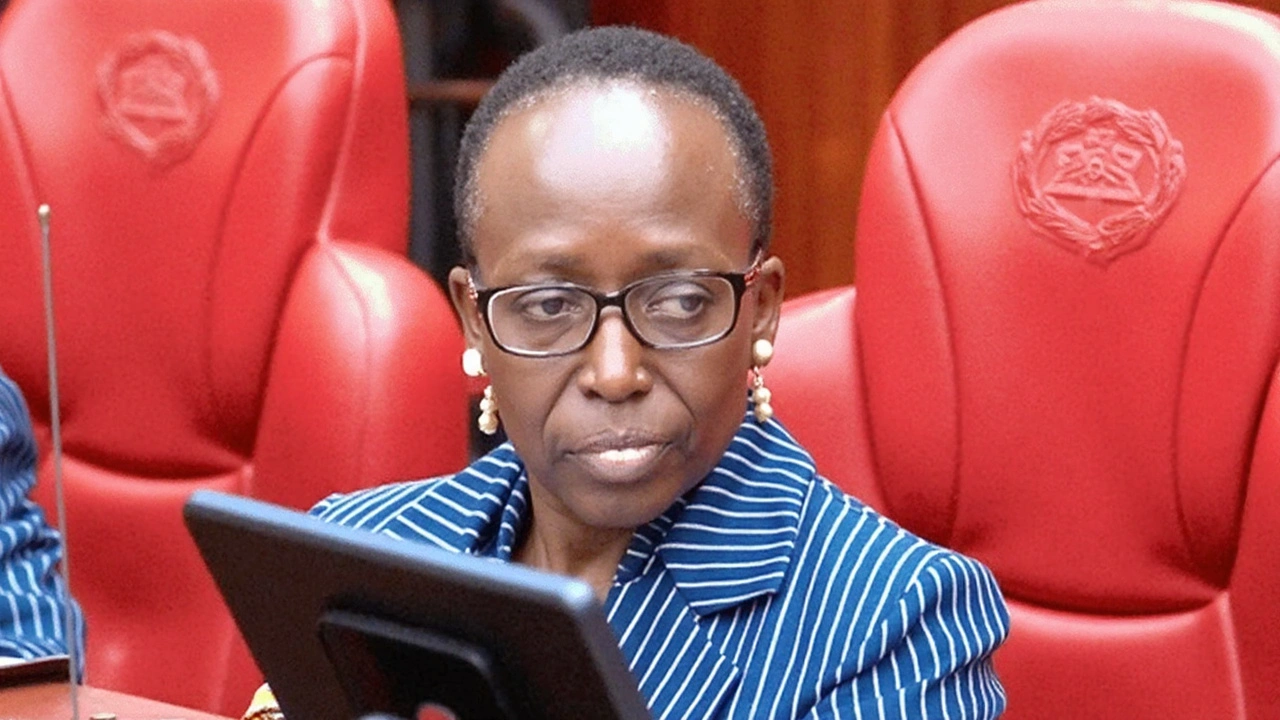Underutilized Loans: Spot, Fix and Make Them Work
Underutilized loans are credit lines or loans that get approved but sit idle, are only partly drawn, or are used for purposes that don’t match the borrower’s original plan. That wastes capital, raises costs for lenders, and denies businesses and households the growth they expected. You may see this in unused overdrafts, half-drawn construction loans, or long-term loans repaid early because they aren’t suitable.
Why should you care? In many African markets underutilized loans slow growth. For small businesses it means lost opportunities — inventory that could have been stocked, contracts left unfulfilled, payroll gaps. For banks and microfinance institutions it means lower returns, higher administrative costs, and higher risk if products don’t match client needs.
Common causes and quick signs
There are predictable reasons lenders and borrowers end up here. Products are poorly designed, conditions are too rigid, or borrowers don’t fully understand drawdown rules. Other drivers include high fees, slow disbursement, unclear repayment schedules, and documentation hurdles. Watch for these signs: low drawdown rates, long gaps between approval and first disbursement, repeated requests to restructure, and accounts with collateral but no activity.
Practical fixes that actually work
For lenders: redesign products to match cash flow cycles. Offer staged disbursement for projects, allow flexible drawdown windows on lines of credit, and reduce upfront fees that discourage use. Use simple digital onboarding and clear communication about when and how funds can be drawn. Track utilization by cohort — product, region, or industry — so you spot patterns early.
For businesses and borrowers: audit your loans. List approved facilities, dates, usable amounts and conditions. If a loan isn’t fitting your cash flow, ask for restructuring or convert it into a flexible working capital line. Use available funds for high-return short projects first, like inventory for a confirmed order or bulk buying discounts. Avoid holding expensive unused credit if cheaper options exist.
For policymakers and donors: support credit guarantee schemes that enable flexible products, promote credit registries so lenders can tailor offers, and fund financial literacy programs that explain drawdown and repayment options. Simplifying documentation and speeding up public registers also cuts delays that lead to unused loans.
How to measure progress: track utilization rate (amount drawn divided by approved amount), time from approval to first draw, and number of restructures requested. Aim for steady improvement over six months and focus on the segments with the largest gaps.
If you manage loans, a short audit and a few product tweaks often unlock significant value. For readers curious about specific stories and local examples, check related articles on policy changes, bank product launches, and SME case studies on our site. Small fixes can free up capital and turn idle credit into real growth.
